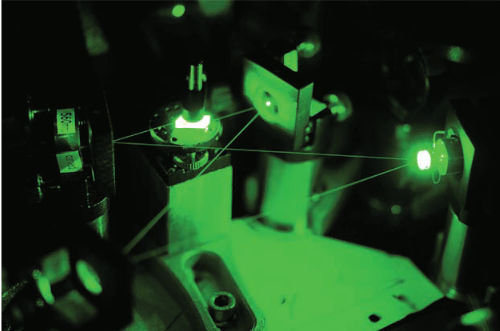Abstract
Our current understanding of physics is based on the standard model of particle physics. Although this model has proven to be valid in many aspects, it is widely believed that it will be replaced by a more complete theory. Such a theory would need to be a quantum theory unifying all four fundamental forces. Some of the candidates for such a “theory of everything” allow for a variation of fundamental constants. The idea of changing physical constants was first conceived by Dirac who related in his“Large Number Hypothesis” the ratio between the strength of electro-magnetic and gravitational interaction with the age of the universe. As the universe continues to age, one of the fundamental constants describing electromagnetism and gravitation must change as well, according to the hypothesis. In the meantime many extensions and variations of this hypothesis have been postulated. Observing such a temporal variation of fundamental constants would revolutionize our current understanding of physics. Even restricting the rate for a possible variation to smaller and smaller values could aid to test predictions of theories beyond the standard model. It is convenient to consider only dimensionless constants, since one would otherwise not be able to distinguish between a change in its value or its dimension. Possible experimentally accessible candidates for a time variation (among others) are the fine-structure constant $\alpha$, describing the strength of electro-magnetic interactions, and the electron-to-proton mass ratio $m_e/m_p$ [1]. […]
